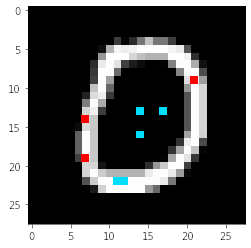Deriving Multi-layer Scaffolding of Compositional Neural Networks from Existing, Monolithic Networks
Researcher
Zachary Rowland
CPS 491 – Capstone II
Dr. Phu Phung
Company Mentor
Matthew Clark, Principal Scientist
Galois
444 E 2nd Street
Dayton, OH 45402
Project Overview
From the humble linear regression to today’s deep neural networks, learning systems have always been essential tools for data analysis. Neural networks have proven themselves capable of learning to perform complex tasks such as image classification. However, the inner workings of neural networks remains a confusing mess. This research presents a new technique for optimally compressing a neural network into a small polynomial approximation. Compressing neural networks into smaller mathematical equations can offer insight into the workings of neural network approximation and the nature of complex classification and regression tasks.
Evolutionary Equation Learning
The algorithm was tested using the MNIST dataset, a set of 70,000 greyscale images of handwritten digits. It relies on an evolutionary process of mutation and selection on a group of candidate polynomials. The images below show a 10-term 5th-degree polynomial over eight of the input pixels that was learned through this algorithm. This polynomial approximates the behavior of the original neural network with a correlation coefficient of nearly 0.8.


LinkedIn: https://www.linkedin.com/in/zachary-rowland-771930172/